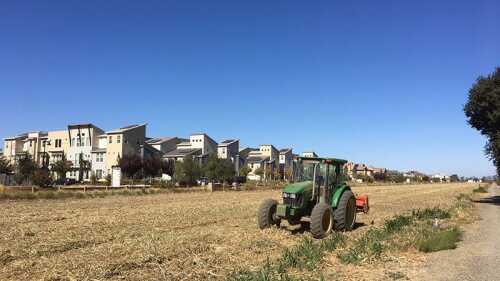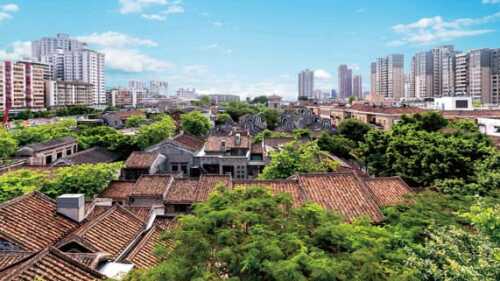Conservation Development
Farm-centric master-planned communities are a hit with buyers, but it takes skill and planning to keep the agriculture in bloom.
Located in Foshan, Guangdong, China, Lingnan Tiandi (LNTD) Lot 1 is the largest city-core historic preservation project in China. Lot 1 is a 13.8-acre (5.6 ha) project at the center of a larger 128-acre (52 ha) development that has revitalized the historic Chancheng District.
Last year, the California Supreme Court ruled that a project proposed through the citizen initiative process and subsequently approved by a council—without a public vote—was exempt from a California Environmental Quality Act (CEQA) review, overturning a lower court decision. Now, a project can potentially avoid months of costly CEQA-related delays if a developer raises enough signatures for an initiative and the council or board simply ratifies the project.
Conservation development technologies have been around for decades, but only in the past few years have developers, conservation organizations, landowners, and local governments begun to understand the potential of these technologies to link land conservation with land development while providing meaningful protection of natural resources. In addition, ample evidence exists that shows homebuyers will pay premium prices to live next to nature, green space, and even certain types of agriculture.




